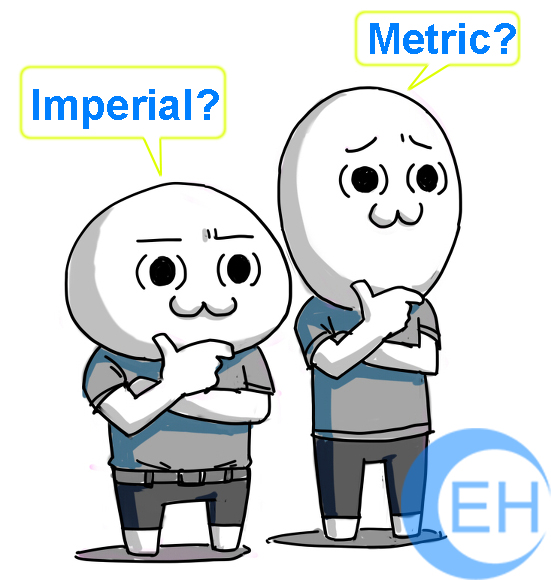| Head style |
Name |
Description |
Use |
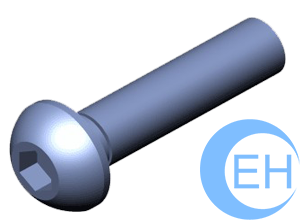 |
Button head |
Cylindrical with a rounded top |
For general applications. Can be substituted in most applications for round, truss, or binding heads. |
 |
Cap head |
Cap head screws mostly with a hexagon socket drive |
Socket cap screws are commonly used in machine parts, die fixturing, and clamping. The socket head enables driving where there is not sufficient space for wrenches or sockets. |
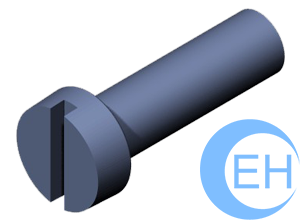 |
Cheese head |
Disc with the cylindrical outer edge, height approximately half the head diameter |
Cheese head can be changed to wafer head. |
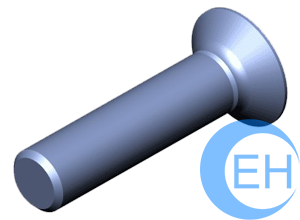 |
Countersunk head |
Conical, with flat outer face and tapering inner face allowing it to sink into the material. The angle of the screw is measured as the full angle of the cone. |
Used in applications where protrusion of the fastener above the mating surface is unacceptable. Use a protrusion gage when measuring head height. |
 |
Fillister head |
The-standard fillister head has a smaller diameter than the round head. Fillister is higher with a correspondingly deeper slot.
Fillister heads can be shaved & drilled. |
The smaller diameter head increases the pressure applied to the smaller area and can be assembled close to flanges and raised surfaces. Headed in counterbored dies to Insure concentricity, they may be used successfully in counterbored holes |
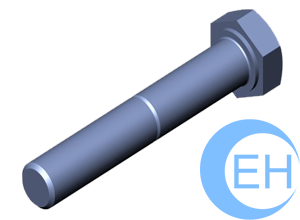 |
Hex head |
Have an indented top surface, six flat sides, and a flat bearing surface. |
Preferred in high volume assembly where pneumatic equipment is used to drive the screw. It can transmit significantly higher tightening torque levels than other head styles. |
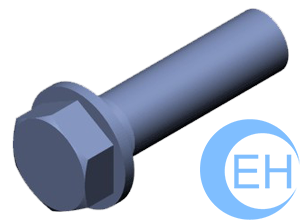 |
Hex washer head |
It has an indented top surface, six flat sides with a flat washer which projects beyond the sides and provides a flat bearing surface. The washer and hex are formed together as one piece. |
Increased bearing surface reduces the likelihood of crushing mating surfaces. |
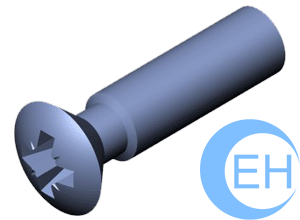 |
Oval head |
A decorative screw head with a countersunk bottom and rounded top. Also known as “raised countersunk” (UK) |
Preferred over a flat head in conical applications, or when a more decorative finished look is desired. The countersunk surface nests into mating countersunk application sites. |
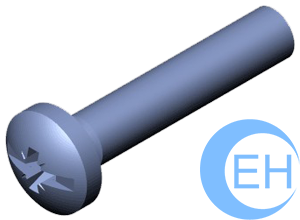 |
Pan head |
A low disc with a rounded, high outer edge with a large surface area. |
For general applications. It can be substituted in most applications for round, truss, or binding heads. |
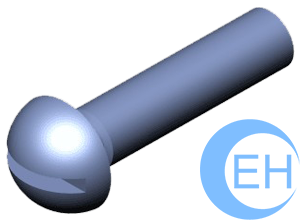 |
Round head |
General-purpose head with a high crown and deep recess but the diameter is smaller than a pan head. |
For general applications and where the requirement of a smaller head OD in an application. |
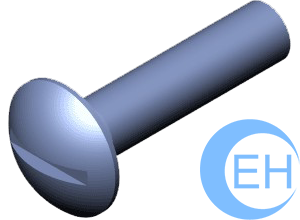 |
Truss head |
Has a rounded top with a flat bearing surface greater in area than a round head screw of the same nominal size.
Full contour Truss heads also available. |
Weaker than pan or round heads but preferred in applications where minimal clearance exists above the head. Truss profile provides a trim finished appearance. |
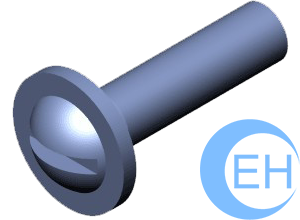 |
Washer head |
A washer head can be any of the above head styles (except the countersunk styles) with the addition of an integrated washer at the base of the head. This eliminates the need for a flat washer. |
A washer is an external or internal ridge, or rim (lip), for strength, as the washer of an iron beam such as an I-beam or a T-beam; or for attachment to another object, as the washer on the end of a pipe, steam cylinder, etc. |












